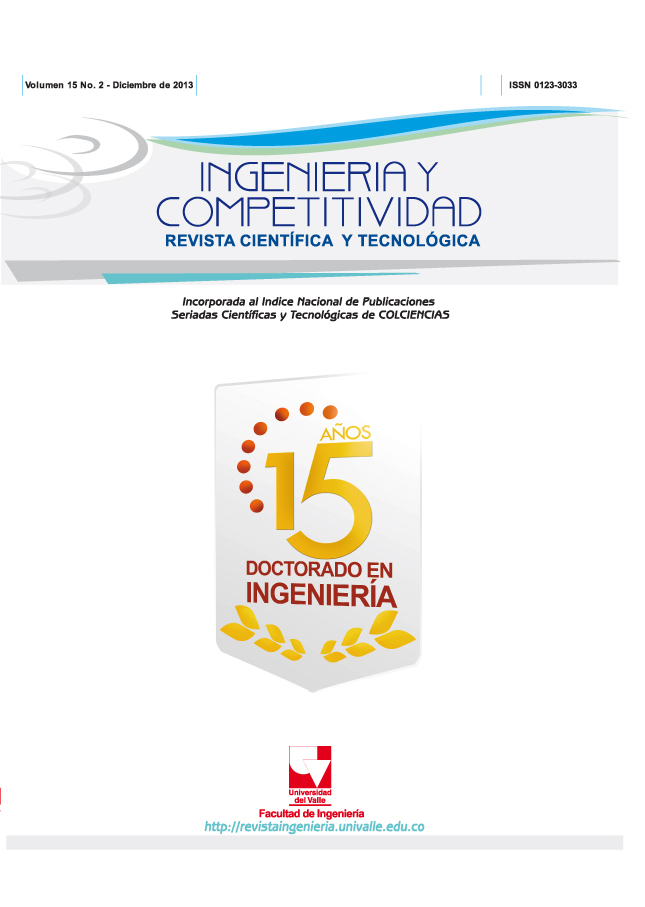Evaluación de mapas de disparidad
Contenido principal del artículo
Un mapa de disparidad es la salida de un algoritmo de estimación de puntos correspondientes, el cual es estimadoen una etapa intermedia del proceso de reconstrucción de la profundidad a partir de dos o más imágenes. Lacomparación del desempeño de un grupo de algoritmos de estimación de correspondencia puede hacerse medianteuna evaluación cuantitativa de mapas de disparidad contra mapas de referencia. Está evaluación requiere de unametodología, la cual involucra diversos elementos y métodos. Algunos de estos elementos y métodos han recibidomás atención que otros en la literatura. La cantidad de imágenes utilizadas, y la relación entre el contenido de lasmismas y los diferentes dominios de aplicación han sido temas de amplia discusión en la literatura. Por otra parte,existen pocas publicaciones que aborden los temas relacionados con las medidas y los criterios de evaluación. Enla práctica, el uso de diferentes medidas podría conllevar a la obtención de resultados contradictorios, empleandoinclusive un mismo conjunto de pruebas. Adicionalmente, las particularidades de diferentes dominios de aplicaciónpueden implicar requerimientos variables durante el proceso de evaluación. En este artículo se presenta unametodología de evaluación para algoritmos de estimación de correspondencia en imágenes estéreo. La metodologíase considera como aumentada en la medida que, a diferencia de las metodologías convencionales, permite unaselección interactiva de diferentes elementos y métodos de evaluación, con diferentes propiedades. En la presentemetodología, se formaliza el concepto de criterios de error, mediante la teoría de conjuntos. La experimentaciónrealizada mostró que el uso de la metodología propuesta provee resultados innovadores, realzando la relevancia deuna discusión en los diferentes elementos y métodos involucrados en el proceso de evaluación.
- Correspondencia estéreo
- criterios de evaluación
- metodologías de evaluación
- modelos de evaluación.
Descargas
Los autores que publican en esta revista están de acuerdo con los siguientes términos:
Los autores ceden los derechos patrimoniales a la revista y a la Universidad del Valle sobre los manuscritos aceptados, pero podrán hacer los reusos que consideren pertinentes por motivos profesionales, educativos, académicos o científicos, de acuerdo con los términos de la licencia que otorga la revista a todos sus artículos.
Los artículos serán publicados bajo la licencia Creative Commons 4.0 BY-NC-SA (de atribución, no comercial, sin obras derivadas).





